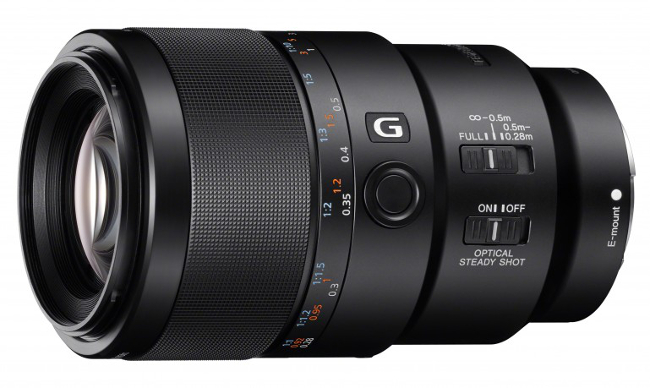

The image circle of the FE lens is larger than the APS-C sensor, so only the centre of the lens is used to capture the image. You can use an FE lens on an E-mount camera that has an APS-C sensor because the image from the center of the lens simply becomes cropped to the APS-C size. The type of lens (FE or E) is marked on the lens itself, and it refers to whether it can be used on a full-frame sensor, or if it works best with an APS-C sensor. ‘FE’ stands for ‘Full-frame E-mount’ lens.Īnd an ‘E’ lens means that it’s designed for Sony’s E-mount system. FE lenses provide an image circle large enough to cover full-frame sensors. If you own a Sony E-mount full-frame camera, only an FE lens will work on it without any issues. What is the Difference Between Sony FE mount and Sony E mount Lenses? This is because the APS-C sensor is smaller than the one in a full-frame camera which crops part of the image coming through the lens. If you take a photo using an APS-C camera, then switch the same lens to a full-frame camera, you’ll end up with a zoomed-in image from the APS-C camera, and a wider field of view on the full-frame camera. The sensor in an APS-C camera is smaller than a full-frame sensor and it is most often found in entry to mid-level digital cameras. Because a full-frame camera uses longer focal lengths to get the same focal length of an APS-C camera, you end up with a shallow depth of field, which makes soft, blurred backgrounds filled with beautiful bokeh. You’ll also create better bokeh with a full-frame camera. It offers wider fields of view for landscape and architecture photography, better low light performance, and finer detail in your photos. Owning a full-frame camera takes you to a new level of photography.
#Sony frame camera lens professional#
The E-mount allowed Sony to develop a wider range of compact cameras while maintaining compatibility with 35mm sensors.Ī full-frame camera has a digital sensor that is equivalent in size to a traditional 35mm film size.įull frame sensors are most often found in professional cameras. It has a shorter flange distance to suit cameras that don’t have a mirror or prism. The ‘ E’ mount was developed to cope with the technological advances that came about with camcorders and mirrorless cameras. The mount is what makes the lens and the camera body recognize each other. There was quite a bit of jargon mentioned in this paragraph, so let’s break it down into sections.īefore the invention of mirrorless cameras, Sony used the ‘A’ mount to attach lenses to their SLR and DSLR range. Sony FE lenses can be used on full-frame and APS-C cameras, but Sony E lenses can only be used on APS-C cameras. They are FE lenses which are specifically designed for full-frame cameras, and E lenses which are made for APS-C cameras. They are designed for cameras that have an E-mount. There are two types of lenses that fit the newest Sony cameras. Viltrox AF 50mm f/1.8 FE vs Sony FE 50 1.8.Meike 25mm f1.8 (APS-C) Lens Review for Sony E.This blog post explains the advantages of the lenses that fit recently released Sony cameras. If you have a Sony camera, or if you are considering owning one in the near future, you will need a good lens to match the quality produced by Sony’s sensor and software.īut Do you know the difference between Sony FE and E lenses and which type should you buy? Their cameras are always listed by experts as having the best autofocus performance and highest resolution viewfinder, which is fantastic for all types of photography. Modern Sony cameras also have the best sensors in the world. They are incredibly innovative with their camera technology, and this is backed up by their superb lenses. Sony cameras have a great reputation as being one of the best mirrorless manufacturers on the market.


 0 kommentar(er)
0 kommentar(er)
